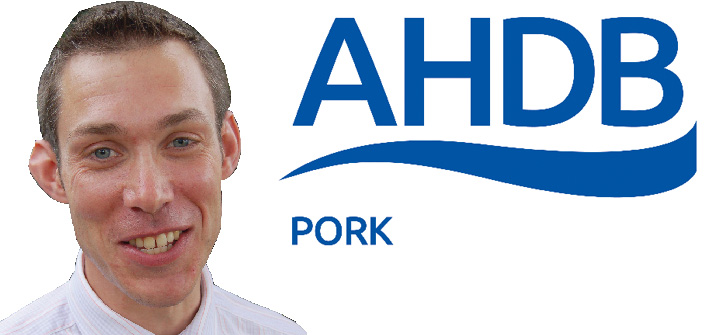In the past month or so I’ve been involved in the background of a lot of debates that are ongoing in the public arena and directly affect the UK pig industry. These topics are often complicated and varied and, therefore, it would be very easy to draw the wrong conclusions if you lacked objectivity in the subject.
When I was at university, one of the areas that always drew the most debate was animal welfare, and the standards set to measure them. I remember a discussion between a lecturer, Professor Avery, and a class of students about the use of cages for laying hens. This was always an area that would get a subset of the class hot under the collar, and there was immediate outcry about the use of cages for layer hens.
The lecturer gave a wry smile and then said, “Okay, so you would like the hens to be free range?”
“Yes,” replied the group enthusiastically.
“Do you realise that, in large groups, many free range layers die from smothering due to panic?” replied the lecturer, who then asked “What would you like to do to resolve that?”
“Smaller group sizes as that would stop them from being able to smother each other,” replied the class.
“Okay,” said Professor Avery, “but then they will start to feather peck in these smaller groups, so what are you going to do to solve that problem?”
The class stopped and thought about what he’d said and then replied: “Separate the birds from each other to prevent this aggression.”
At this, the professor laughed and pointed out that the class had just selected to put the layers back into the battery cages.
This experience always reminds me that welfare is never a simple issue to resolve as there are many factors that work for or against the welfare of animals. While you may aim to resolve one area of welfare concern, it’s possible for another area to become negatively affected.
My team has recently been involved in some discussions around the livestock welfare codes. As it currently stands, the UK’s welfare codes are becoming outdated (last updated in 2003), and these now don’t reflect some of the newer welfare legislation that’s come into place since they were written.
There were moves to update these with help from industry and specialist academic welfare groups which, as an approach, had been seen to be a significant step forward with regards to keeping the code more up to date. However, through a misunderstanding, these first few steps were halted before they could begin.
The mainstream media, fuelled by NGOs, portrayed the move as the Government abandoning its duty to enforce the codes, and leaving the industry to regulate its own welfare. The reality, however, would’ve potentially been a system that was better placed to reflect the updated legislation, and would have driven change.
Ultimately, with welfare, it’s an objective and informed view that’s needed, otherwise you may end up with something that you didn’t expect or want, much like my peers when discussing battery cages at university.




